
Java Basics by Nadokoding - Full Course (20 hours)
nadocoding
A lecture that teaches you the joy of learning. Introducing Nadokoding's Java Basics.
Beginner
Java, oop
Create a nostalgic arcade game using Python. Scroll down to compare it to the original!
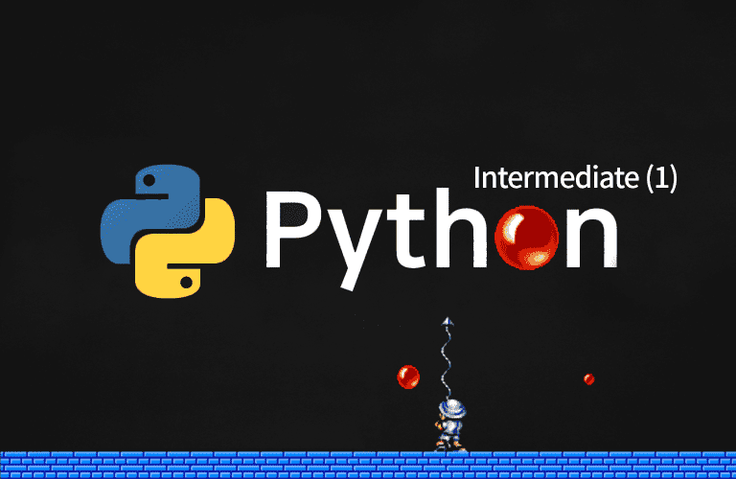
Build your skills by using basic Python grammar
Creating a real game using the pygame library
I put a pretty UI on my program that was just printing out boring text.
Ta-da! Let's create our own image merging program.

I created various widgets such as buttons, combo boxes, progress bars, and even a notepad with my own hands.
Learn GUI programming in just 4 hours, discover it now! ^^
Getting started with Python,
Develop your skills through fun game development!
Many people learn the basics of Python well, but
1. How to improve your skills from beginner to intermediate?
2. What can you do with Python?
I know you're having trouble with these two things.
So, I decided to create a course for these people that would help them develop their skills by creating eight practical projects that are diverse and useful.
And that first project is ‘game development.’

Do you know this game?
I used to play it often at the arcade too.
It's a simple game where the character shoots a weapon to hit balls and destroy them.

Python has a famous library called pygame, which allows you to easily create games with just a few lines of code.
Actually, I made the above game with about 250 lines of code, excluding comments ^^
Games require image resources, but this requires downloading images separately and going through the cumbersome process of editing them, which can be inconvenient for those who are not proficient in using related programs.

So, I prepared a lecture by easily creating fake images using Paint, and those who wish can try putting them on later by editing the images separately.
I don't waste time working on images like this ^^

This is how a game development project works.
*Development environment: VSCode, Python 3.x
First, let's study the basic usage of pygame in 4 steps.
1. Let's create a background and put it in.
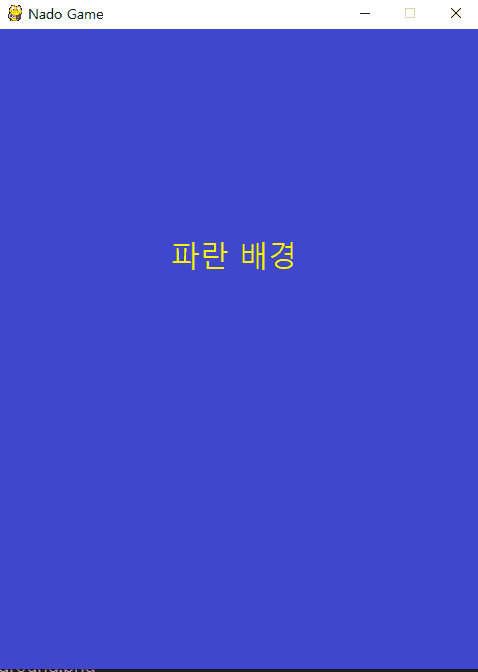
2. Let's also add a red game character.
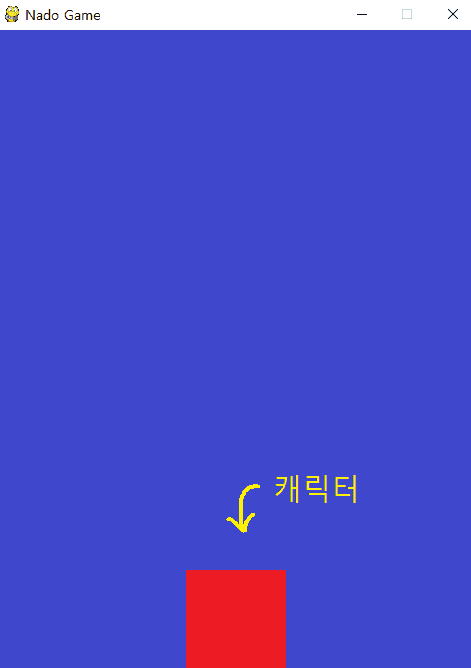
3. Now let's move the character.
We will study how to move a character using the keyboard.

4. Add one yellow enemy (so-called bad guy),
And let's add logic to end the game by checking for collision.

This is enough for the basics.
After taking a moment to organize the game frame, I'll give you a quiz so that you can review it on your own.
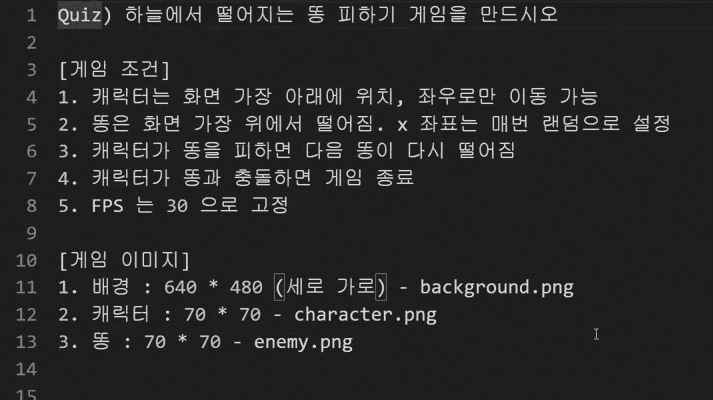
The quiz is a 'poop avoidance' game, and you can make something like this yourself.
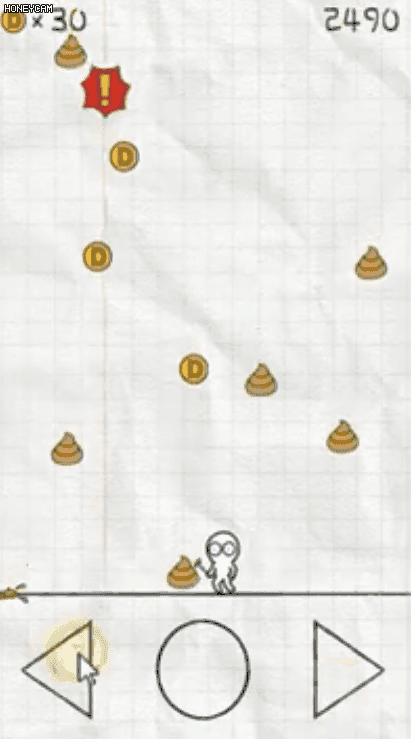
In our class, we just need to process the poop so that it falls only one at a time.
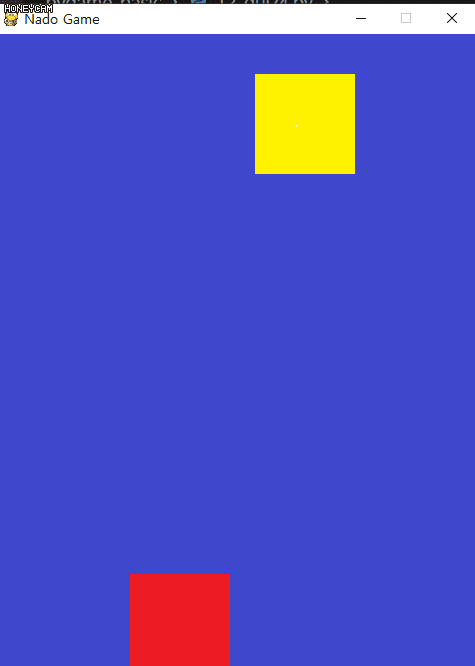
Once it's completed, we'll add game images to make it look more realistic.

If we apply the quiz a little more, we can even make a dragon flight, which was very popular back in the day, right?
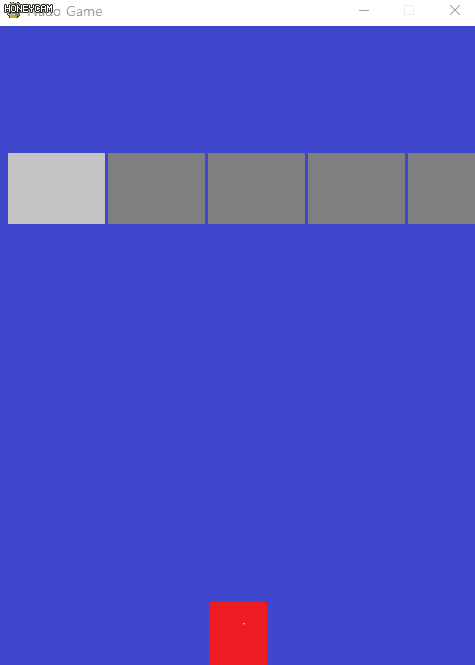
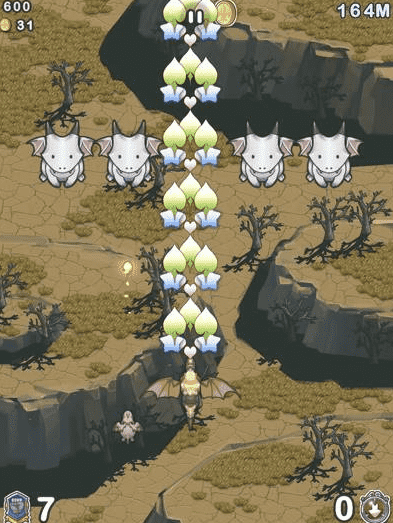
* This part is not included in the lecture.
Finally, let's work on a real game project.
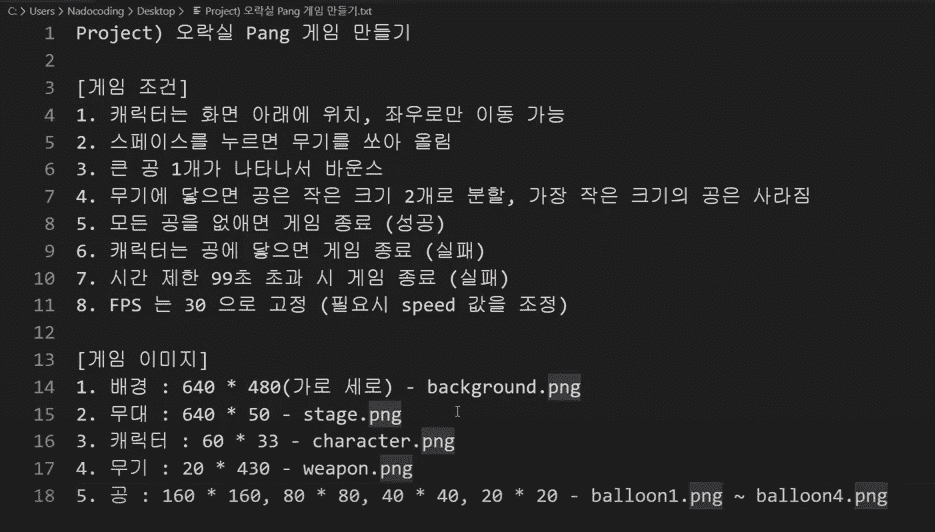
1. Insert the background and characters right away.
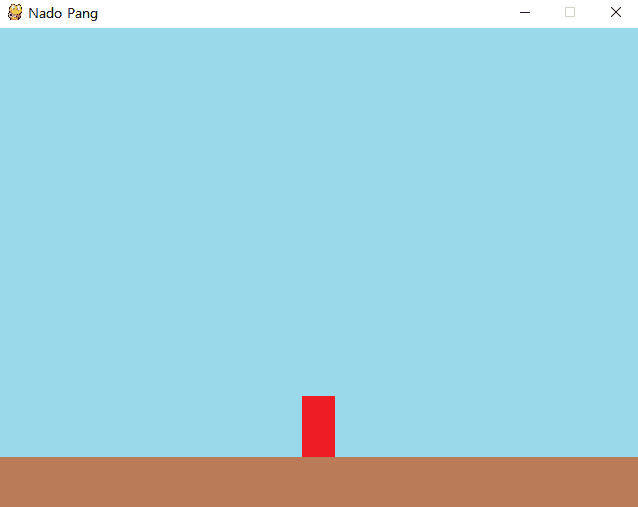
2. Move left and right using the keyboard and fire your weapon. In the original game, you could only fire one shot at a time, but in this project, you can fire infinitely (at the developer's discretion!).
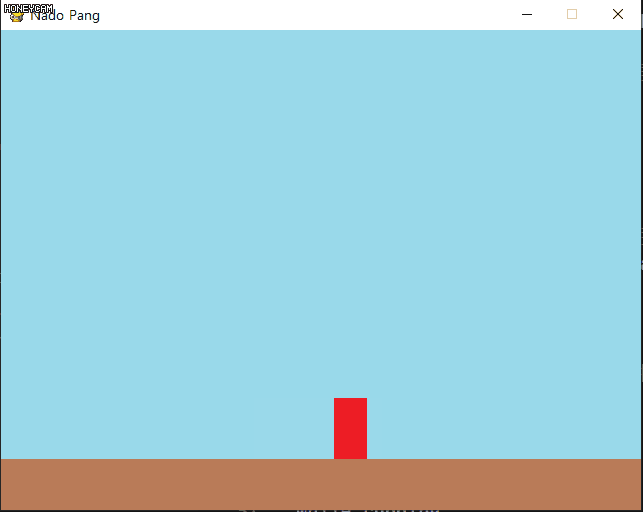
3. Now, shall we bounce the ball?
For simplicity, let's assume the ball is square. It bounces on the floor, adjusts its speed, and changes direction when it hits a wall.
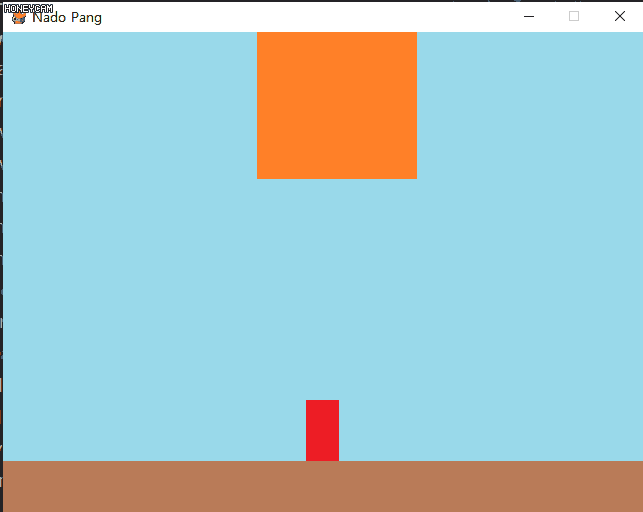
4. When the weapon touches the ball, it should be split through collision detection.
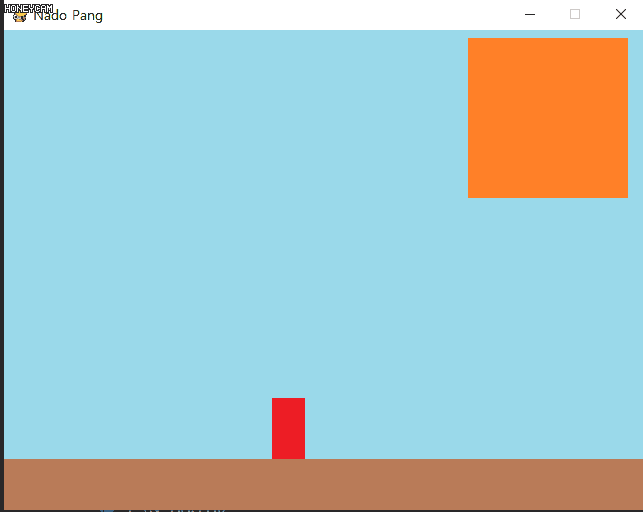
5. After implementing the remaining details and fixing bugs, just change the game image.

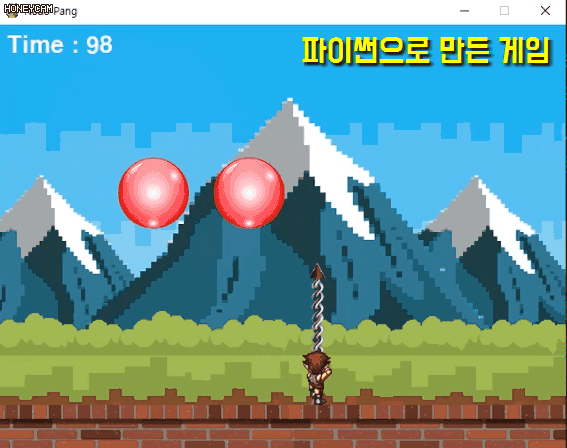
This is how the game is completed.

How is it? Is it similar to the original?
In just 3 hours, you will complete the basics/quiz and even the project.
Although it doesn't cover everything about pygame, I think you'll be able to create a variety of games as a hobby with just this much knowledge.
I recommend this course to anyone who's learned the basics of Python but wants to take it to the next level, or wants to try their hand at creating a game. ^^
YouTube Channel 📺
By subscribing to the Nado Coding channel, you can access various coding-related tips and tutorials faster than anyone else.
Who is this course right for?
Anyone who has seen the basic Python course
Anyone who wants to get out of the beginner stage of Python
Need to know before starting?
Python Basics
103,475
Learners
3,384
Reviews
915
Answers
4.9
Rating
11
Courses
유튜브에서 코딩 교육 채널을 운영하고 있는 나도코딩입니다.
누구나 쉽고 재미있게 코딩을 공부하실 수 있도록 친절한 설명과 쉬운 예제로 강의합니다.
코딩, 함께 하실래요? 😊
🧡 유튜브 나도코딩
🎁 코딩 자율학습 나도코딩의 파이썬 입문
📚 코딩 자율학습 나도코딩의 C 언어 입문
All
23 lectures ∙ (2hr 51min)
1. Intro
00:16
3. About the Game
00:54
5. Background
06:42
6. Character
09:48
7. Keyboard Event
11:26
8. FPS
06:58
10. text
08:01
12. Quiz First Half
07:49
13. Quiz Second Half
07:21
All
356 reviews
4.9
356 reviews
Reviews 6
∙
Average Rating 5.0
5
Wow! I finished it without any problems. Thank you so much. I can't believe this lecture is free. I've watched many other lectures and paid for several, but I've given up halfway through. More than half of the lectures are not good. It's because I don't understand them and they seem to explain them, but in the end, they just say, "Do it this way." It's so good because I understand the principles. If you learn these lectures and make them your own, you'll be able to apply them. For beginners, it would be good if there were more lectures that explain the detailed functions of similar games with a little application or modification. It would be good if you could also make an advanced version. Like selecting a stage, going to the next level, being able to see your score, having your score recorded, etc. Anyway, I really enjoyed it. I want to say that it's the best lecture with no unnecessary details. Thank you^^
Reviews 8
∙
Average Rating 4.4
5
This is the best coding basics study that I really recommend to everyone +_+! The previous Python basics course also helped me study without giving up and without missing anything through good examples that made it easy to understand even the difficult parts, which helped me a lot in continuing to learn coding as a hobby. One of the most regrettable things about learning the basics of coding is that, compared to learning a lot of difficult and unfamiliar theories, I had to learn more and wait to actually experience how to utilize them when creating an application... Thanks to the thorough teaching of pygame's various functions so that even I, who knew nothing about them, could understand them, I was able to create a game that could actually run, making coding more fun... I was able to learn more on my own and practice creating more complex games by slightly modifying and applying the well-structured frame, and as others have mentioned below, the method of implementing the difficult structure of a ball bouncing along a curve was taught very easily, so even people who had forgotten math a long time ago could approach it with fun. Oh, if the computer classes I took as a child on an x86 computer had been this fun, I would have studied harder. Thank you so much^^
Reviews 2
∙
Average Rating 5.0
Reviews 3
∙
Average Rating 5.0
Reviews 5
∙
Average Rating 4.2
Free
Check out other courses by the instructor!
Explore other courses in the same field!